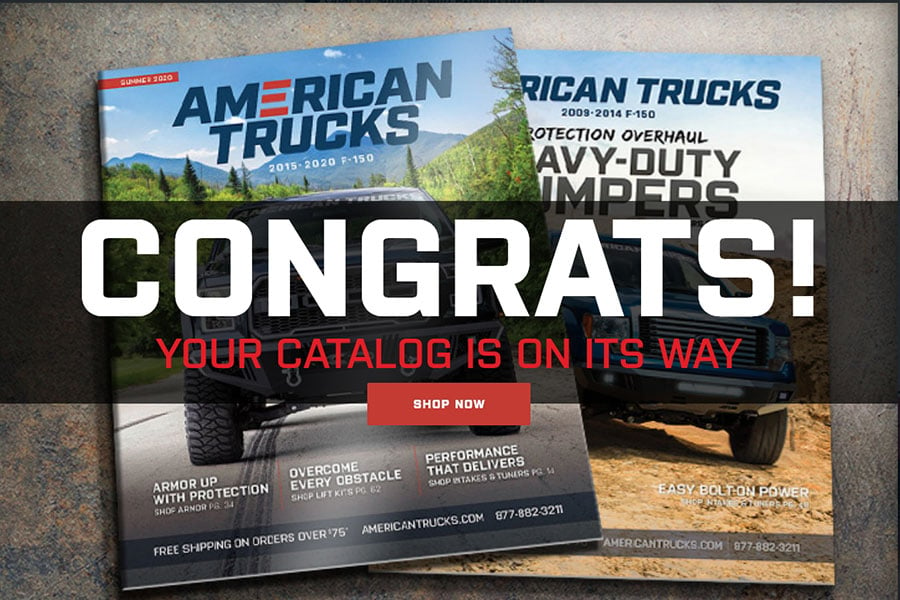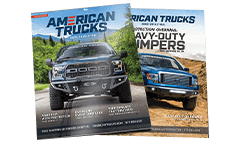
DIY Everything: How to Install Coilovers
By Garrett Davis - April 9, 2020
The idea of suspension work may seem a little scary or complicated for a lot of people to consider tackling themselves, but a surprising amount of this stuff can be tackled by an amateur in their driveway over a weekend. Especially now in these days with so many bolt-on replacement options, and with modern strut assemblies, you might not need a spring compressor like you might have needed in the past.
As far as turning wrenches and the literal nuts and bolts of it, suspension work is mostly pretty simple to do — it’s the fine tuning work that requires the hand of an expert. Coilovers definitely fall into this category. Easy enough to install for most people, and lucky for us, are already designed and tuned specifically for your car. Companies like Bilstein, Fox, Eibach, King, and Icon have entire teams dedicated to tuning and testing these kits for the specific application they’re going to be installed on. That’s more I can say for those cheap eBay kits we’ve all eyed from time to time.
Some details will be left vague here to be able to cover different vehicles, but these instructions should work generally for any car, truck, or SUV with struts. If your kits came with instructions, please read them thoroughly, as they should be able to cover more specifics than I can.
What You’ll Need:
Most of this can be done with common hand tools, and any specific tools like the preload/height adjustment spanner will most likely come with your kit. Here are a few things you’ll need or will be helpful:
- Floor jack and jack stands
- Socket set
- Breaker bar
- Torque wrench
- Penetrating oil (like PB Blaster)
- Antiseize
- Measuring tape
- Replacement bushings if needed
- New hardware
Be Careful, Working With Loaded Springs Is Dangerous!
I’ll be honest, coil springs scare the crap out of me. Beefy springs with hundreds or even thousands of pounds of pressure on them can do scary things when handled incorrectly. Luckily with the mainstream adoption of spring-contained strut assemblies, you often times these days don’t need to worry about spring compressors. Replacement complete struts and coilovers are a godsend in that respect.
Your suspension is not the place to cut corners. Pay close attention to what everything does, and any safety disclaimers in this guide. If you don’t feel comfortable with this sort of thing, there’s no shame in bringing your car to a professional for the install — even just for peace of mind.
How to Install Coilovers:
- Planning and measuring:
- Jack up the vehicle and remove wheels:
- Remove struts:
- Measure your struts unsprung and set your height:
- Install the coilovers:
- Reinstall wheels, check ride height:
- Get an alignment:
Before you even touch a bolt, it’s a good idea to measure your current ride height. Make sure your car/truck is on flat, level ground, and measure from the center of the wheel to the bottom of your fender. This will come in handy later when we are dialing in the preload to change the ride height to what you’re going for.
The night before the install, go out and start spraying penetrating oil on any bolts you might be touching. The hardest part of this install may very well be just cracking the bolts holding your struts or control arms on — especially in places where rust is an issue. You’ll thank me later.
Take a look at your steering and suspension bushings and make sure to get any replacements that you might need. This is the time to replace those! You can go for OEM rubber replacements or poly replacement bushings. Just keep in mind that poly bushings can be noisy and a little harsh, though they were extremely tough.
Make sure to chock any wheels that are remaining on the ground and check your owner's manual for recommended jacking points and where to place jack stands. If you don’t have that info on hand, call your local dealership and they should be able to tell you. Always use jack stands, never rely on just the jack to hold your vehicle up. Try not to leave any part of your body under the vehicle anymore than you have to.
Protip: Crack the lugs on your wheels before jacking up the vehicle.
For the front, you’ll have a few bolts at the top of the strut tower, often 3 around the perimeter and one center nut for the strut shaft itself. In the rear will likely just be the single nut for the shaft. Then one bolt on the bottom of the strut on the lower control arm.
You in all likely hood will probably need to remove a few bolts on your upper or lower control arms in order to pull the strut assembly out. This is the time to replace any worn bushings. Also inspect the hardware you removed and replace as needed, or use included replacement hardware that came with your kit (if available).
With your struts out, set them next to your coilovers so you can roughly set up your ride height. With adjustable coilovers, you do this by changing the preload of your spring. Follow the manufacturer’s instructions on their recommendations for how to do this, and do not go higher or lower than they recommend for the maximum adjustments.
Setting a different height at this stage won’t be exact, as the spring rates will be different between the two sets, but this should get you close to where you want your ride height to sit, and setting each side identical to each other. Make sure to set your lock ring for the preload and shock body correctly per the coilover manufacturer’s recommendations.
Now you can throw the coilovers in right where the strut bolted up, but there are a few considerations for installing the hardware. First, it’s never a good idea to use an impact wrench on the top nut of the coilover. This can spin the shaft inside the shock assembly and damage the seals. Torque this down to your manufacturer’s recommended torque rating.
For control arm bolts, I recommend torquing these down when they are sitting around their typical riding height. I recommend using a floor jack and some wood blocks under the lower control arm to bring the suspension up to about where it will sit at riding height. The reason you want to do this is so that you’re not introducing unnecessary twisting load to your rubber bushings, leading them to wear out faster.
Install and adjust your camber plate if included with the kit at this time, as well as any brake/ABS lines you unhooked, as well as swaybar end links. Also at this time it’s a good idea to apply some antiseize to the coilover’s preload adjustment threads. This will make your life easier in making adjustments in the future.
Get your wheels back on and everything tightened down, once everything is set, drive the vehicle at least a few yards to settle in the suspension. Come back to a flat, level spot and now measure your ride height again from the center of the wheel to the bottom of your fender.
From here you can adjust the spring preload up or down depending on what you need. One tip here is to count how many turns you give on one side to be able to replicate the same adjustment on the other. Always stay within the coilover manufacturer’s limits on how high/low they recommend adjusting the preload. Just because there are more threads to go on the shock body doesn’t mean you should use it.
Anytime you do anything with your suspension, especially loosening or unbolting the control arms, you need to get an alignment done. If you notice your steering wheel isn’t centered while going straight, or poor handling in corners, your alignment is why.
After driving a few miles, go and re-torque any bolts you touched during installation. These things find a way of working themselves loose once they see some movement.

